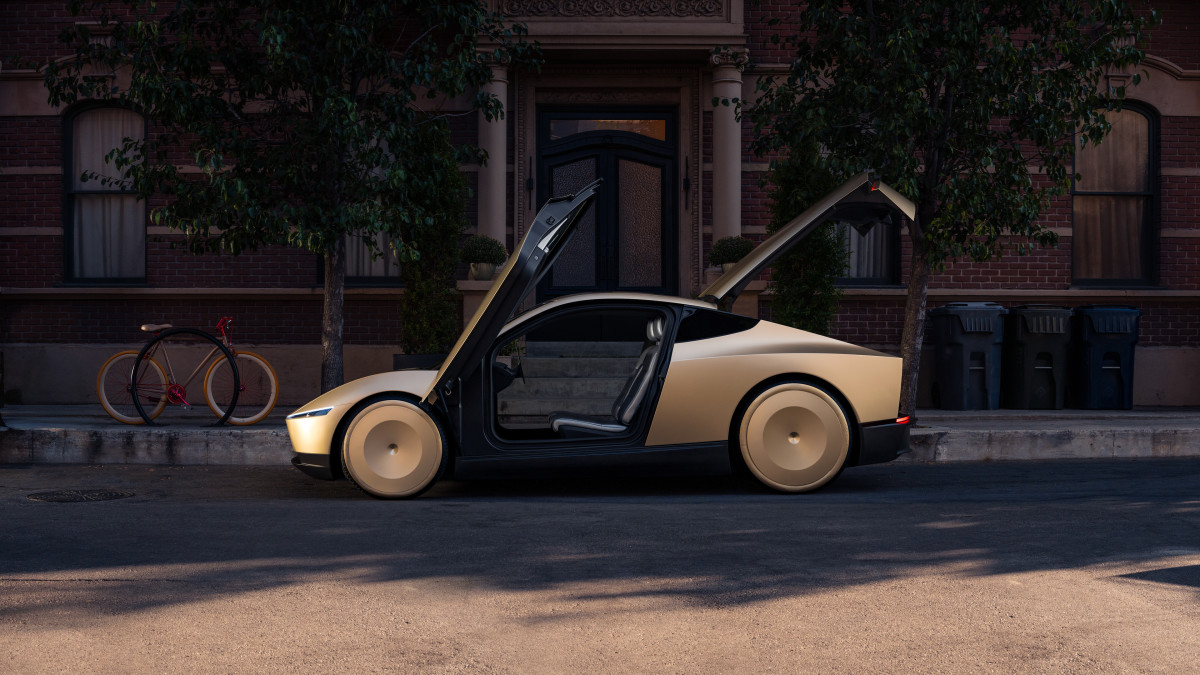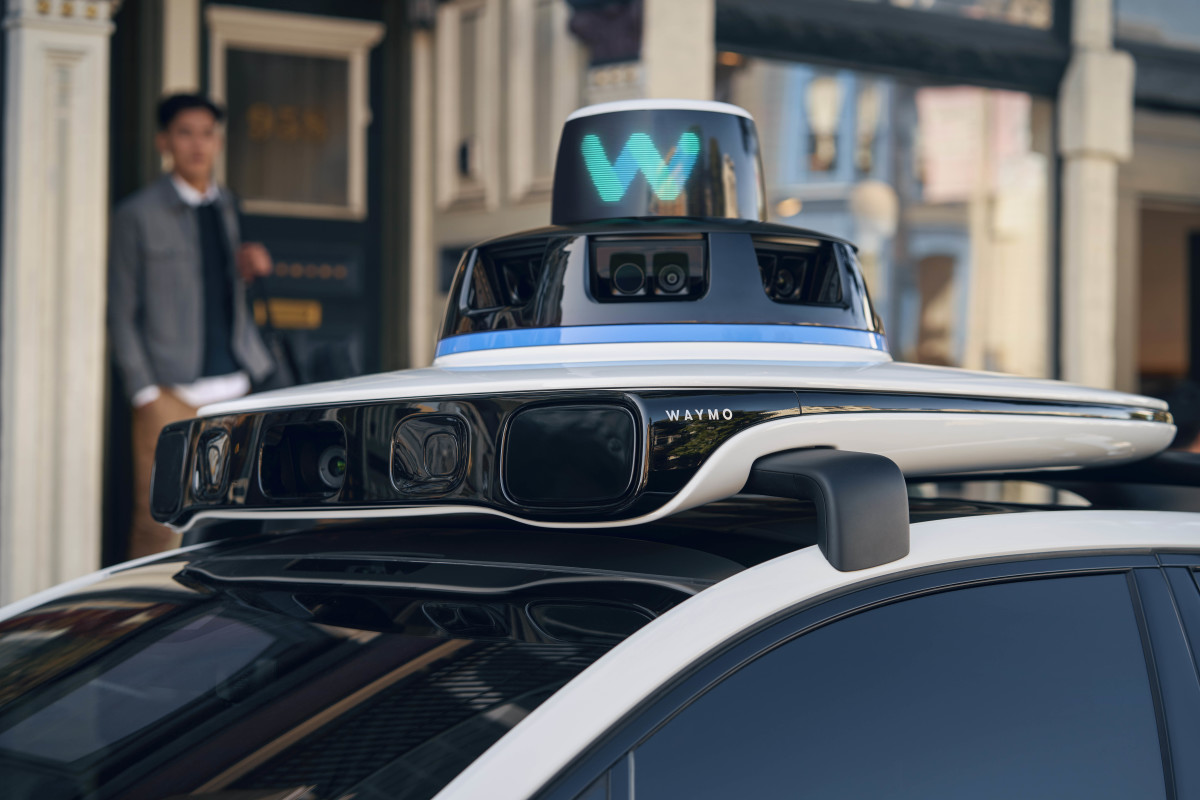A surprising turn of events
At the beginning of 2025, Tesla's stock began to fall. Musk perturbed car buyers, and Tesla was widely viewed as stagnant. A refreshed Model Y was met with a tepid response, and pundits believed Musk had grown tired of leading a company that made vehicles.
They may have been right, too. In a Tesla earnings call earlier this year, Musk focused more on Robotaxis than the Cybertruck and opined about artificial intelligence. Tesla’s core business was neither AI nor Robotaxis, and it put investors off. Now, Tesla stock is at an all-time high, and one bullish security analyst thinks the company’s stock can grow about 33 percent by the end of 2026. So, how did Tesla transition from the DOGE house to a Wall Street darling in just six months?

Tesla is gambling big on huge bets
Wedbush Securities analyst Dan Ives recently raised Tesla’s high stock price to $600 from $500 “to reflect our view that an accelerated AI path for the company is now on the horizon and investors are underestimating the transformation underway at the company.” Ives added, “We believe Tesla is taking major steps in advancing its AI Revolution path with autonomous and robotics front and center heading into 2026, which will be a game changer and define Tesla’s future.”
Ives believes Robotaxis will roll out quickly and en masse to over 30 US cities by the end of 2026. During the aforementioned earnings call, Tesla CEO Musk stated that he expected Robotaxis to be available to roughly half of the US population by the end of 2025. Both might be overreaching; currently, Tesla operates 30 Robotaxi vehicles with humans riding along as “safety monitors.” Further, these Robotaxis have only launched in Austin, Texas.

Tesla is also testing autonomous ridesharing in California, but no official rollout has been announced outside of Austin. Tesla’s Robotaxi gamble is risky since Waymo has already rolled out its vehicles to more locations, but the reason Ives and others are bullish on Tesla’s Robotaxi service seems to be that the automaker doesn’t need to partner with anyone.
Tesla is the only automated rideshare provider that owns its entire fleet and tech stack. Alphabet, Waymo’s parent company, utilizes vehicles from a variety of automakers and rental car services. Lyft, another burgeoning competitor in the automated ridesharing space, is just a brand name and gets its technology and vehicles from a variety of sources. Zoox, an Amazon-owned automated ridesharing company, is barely off the ground, though it’s designed similarly to Tesla and doesn’t currently partner with anyone.
Final thoughts
AI plays a part in Tesla’s Robotaxi plans, and is another piece it doesn’t have to outsource. All told, the renewed excitement around Tesla is that it can automate its own destiny. It can build its own fleet of Robotaxis and utilize its in-house AI to power them, which would logically allow Tesla to roll out Robotaxis quickly and at scale, to any city that approves them. That said, Tesla can’t even get Full Self-Driving right, so color us skeptical.


